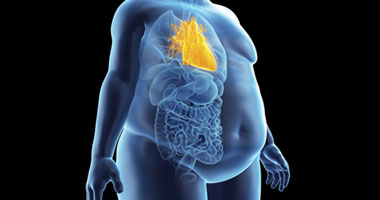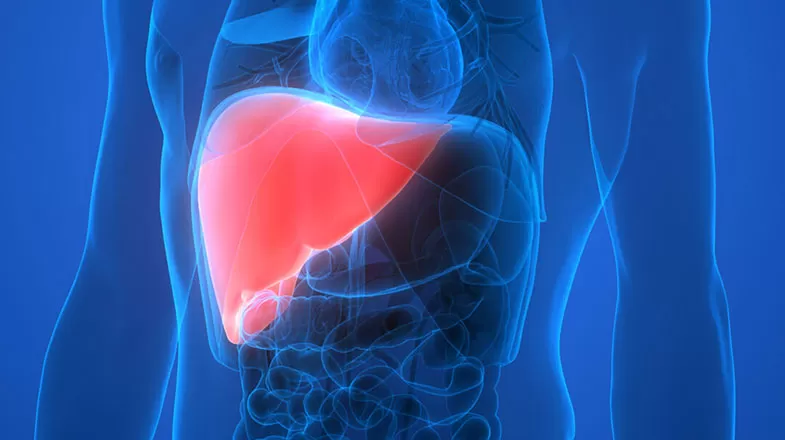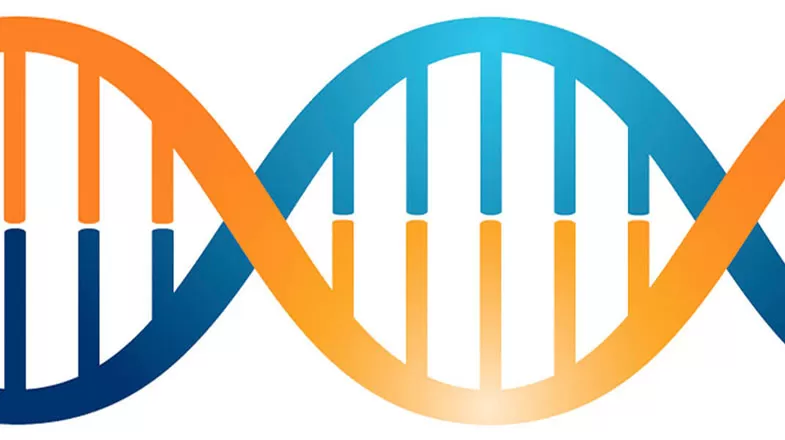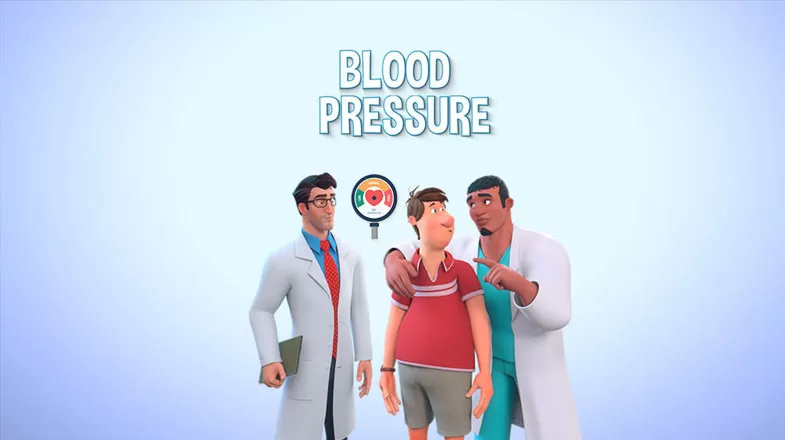- Science
- Clinical Trials
- Guide to Clinical Trials Your participation makes a difference
- Clinical Trials in Children Designed to improve kids' health
- Data and Results Sharing our Results
- Integrity and Transparency Building Trust
- Diversity Equity and Representation
- Plain Language Study Results Trial Result Summaries
- Expanded Access & Compassionate Use Possible Treatment Options
- Find a Trial
- Areas of Focus
- Rare Disease Smaller populations but big impact
- Internal Medicine Extending lifespans worldwide
- Inflammation & Immunology Treatment at the molecular level
- Vaccines Preventing the spread of infections
- Oncology The science of optimism
- Anti Infectives Combatting an evolving risk
- Areas of Innovation
- Gene Therapy Breakthroughs become treatments
- Medicinal Sciences The next generation of science
- Precision Medicine Developing tailored medicines
- Maternal Immunization Protecting newborns at the start
- mRNA Technology Unleashing the next wave of scientific innovations
- Diseases & Conditions
- Coronavirus Resources
- Product Pipeline
- Research Sites
- Clinical Trials
- Products
- How Drugs are Made
- Branded vs. Generic Learn the difference
- Biologics & Biosimilars Cures found in nature
- Commitment to Quality Maintaining the highest standards
- Global Supply Strategic manufacturing locations
- Manufacturing Sites Where medicine is made in the U.S.
- Medicine Safety
- Health Literacy Learning to be well
- Treatment Choices Learning about treatment decisions
- Partnering With Patients Helping others by reporting side effects
- Tips for Patients Preventing medication errors
- Reporting Adverse Events
- Counterfeiting Preventing medication errors
- Product Safety
- Product List
- Product Contacts
- PfizerPro for Professionals
- Patient Assistance Programs
- Distributors
- How Drugs are Made
- Stories
- Newsroom
- About
- People
- Executives Our senior-most leadership
- Board Members The people steering our company
- Scientists Our experts making discoveries
- Patient Stories Our patients
- Colleague Stories Our colleagues
- Responsibility
- Ethics & Compliance Each of us is responsible
- Responsible Business Breakthroughs that change patients’ lives
- Patient Advocacy & Engagement Putting Patients First
- Global Impact Meeting urgent needs worldwide
- Diversity, Equity, and Inclusion Everyone has something to offer
- Environmental Sustainability Our responsiblity to the environment
- Human Rights Furthering dignity and worth
- Health & Safety
- Intellectual Property The benefits of fair competition
- EHS Governance
- Misinformation
- Programs & Policies
- Grants Support for independent research
- Political Partnership Supporting like-minded organizations
- Working with Healthcare Professionals Collaboration to improve lives
- Prescription Value & Pricing How to lower patient costs
- Privacy Principles Commitment to personal data privacy
- Ready for Cures Improving Access to Medicines
- Transparency in Grants Committed to Disclosure
- Policy Positions
- Investors
- Investors Overview Information for stockholders
- Why Invest Why to join us in our mission
- Events & Presentations Calendar of upcoming events
- Financial Reports Quarterly reports and more
- Investor News Announcements about our performance
- Stock Information Charts and data
- Shareholder Services Information on stock transactions
- Corporate Governance
- Corporate Governance Overview Gaining insight into our performance
- Board Committees & Charters Defining the corporate structure
- The Pfizer Board Policies Ensuring ethical leadership
- Corporate Governance FAQs Learn more about our approach
- Contact Our Directors Email any of our Directors
- Purpose
- History
- Careers
- Partners
- People
A healthy metabolism, the process by which the body converts food into energy, is an essential part of living a healthy life. Metabolic disorders, also known as metabolic conditions, disrupt that vital mechanism.1
Metabolic disorders can arise when chemical reactions in the body do not occur as usual. Metabolic disorders can form when organs like the pancreas or liver do not work properly.1 This is the case with diabetes,1 a metabolic disorder that affects 37.3 million people in the U.S., or 11.3% of the population.2
What are metabolic disorders?
When we eat food, we ingest combinations of proteins, fats, and carbohydrates. Metabolism turns these nutrients into energy, in the form of sugars, fatty acids and glycerol, and amino acids.3 Depending on a person’s needs, the body can be adaptive. It can store energy in fat, muscle, or even the liver if a person doesn’t need the energy right away. The body can also use food energy immediately.1
A metabolic disorder could cause the body to produce too many or too few of the hormones involved in metabolism.1 In some cases, a genetic abnormality may be the cause. Fortunately, the body can tolerate some variance and error in the metabolic process, but a disruption to an important part of metabolism may trigger disease.4
How do metabolic disorders affect the body?
Each of the many metabolic disorders brings its own health effects. Diabetes symptoms, for example, may include excessive thirst and unintentional weight loss, while Gaucher disease may enlarge the spleen or liver.5,6
People can also have metabolic syndrome, which is a separate disease defined as a cluster of certain conditions, including at least three of the following: high blood pressure, high blood sugar, high triglycerides or low HDL cholesterol, and an extended waistline. Metabolic syndrome elevates a person's risk for cardiovascular disease and stroke. An estimated one in three American adults has metabolic syndrome.7
- References
- Metabolic disorders. MedlinePlus. https://medlineplus.gov/metabolicdisorders.html. Updated August 23, 2016. Accessed May 10, 2023.
- National diabetes statistics report. Centers for Disease Control and Prevention. https://www.cdc.gov/diabetes/data/statistics-report/index.html. Updated June 29, 2022. Accessed May 10, 2023.
- Carbohydrates, proteins, and fats. Merck Manual. https://www.merckmanuals.com/home/disorders-of-nutrition/overview-of-nutrition/carbohydrates,-proteins,-and-fats. Updated February 2023. Accessed May 17, 2023.
- Genes and disease. Nutritional and Metabolic Disease. National Library of Medicine. https://www.ncbi.nlm.nih.gov/books/NBK22259/. Accessed May 10, 2023.
- Diabetes symptoms. Centers for Disease Control and Prevention. https://www.cdc.gov/diabetes/basics/symptoms.html. Updated December 30, 2022. Accessed May 10, 2022.
- Gaucher disease. MedlinePlus. https://medlineplus.gov/genetics/condition/gaucher-disease/. Updated November 1, 2022. Accessed May 10, 2022.
- Metabolic syndrome. What is metabolic syndrome? National Heart, Lung, and Blood Institute. https://www.nhlbi.nih.gov/health/metabolic-syndrome. Updated May 18, 2022. Accessed May 10, 2023.















